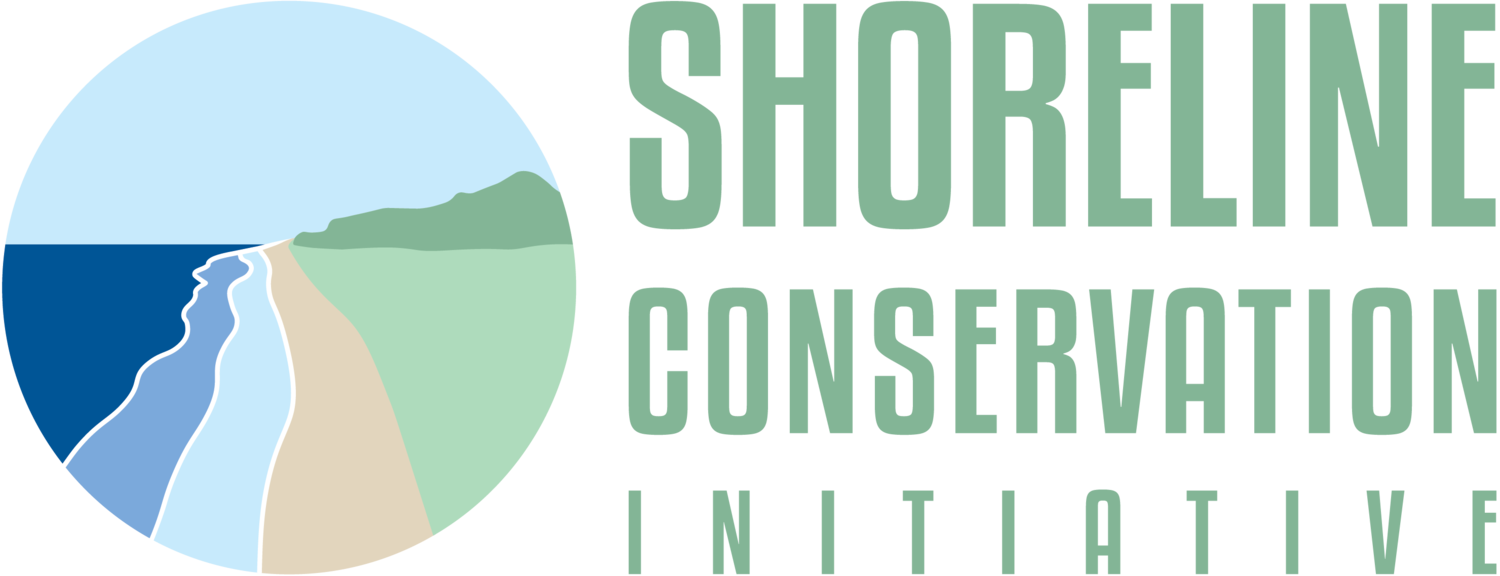
Impacts of Climate Change on Human Health and Medical Infrastructure in the Ocracoke Island Community
An Analysis of Risk Exposure and Mitigation Strategies
As a low-lying barrier island separated by the vast Pamlico Sound to the west and the Atlantic Ocean to the east, Ocracoke Island is particularly vulnerable to coastal hazards. Under climate change, coastal hazards such as sea level rise, increased frequency of high-intensity storms, and higher temperatures will further exacerbate the vulnerability of the local island community. The purpose of this study is to evaluate the impacts of climate change on community health and health and medical infrastructure and identify mitigation and resilience strategies for the future.
International Medical Corps (IMC) is a nonprofit global humanitarian organization with a mission to improve the quality of life through health interventions and related activities that strengthen underserved communities worldwide. IMC worked with Shoreline Conservation Initiative (SCI) to better understand the public health hazards at Ocracoke Island, North Carolina in the face of climate change. To this end, IMC tasked SCI with gathering and synthesizing existing information related to coastal hazards, the health and medical population, medical infrastructure, climate change impacts, and public health risk exposure for the Ocracoke Island community. This report provides an overview and summary of Ocracoke’s vulnerability to climate change impacts and an assessment of those impacts to the health population and infrastructure. Specifically, this report provides an evaluation of how health services delivery may be compromised under flooding scenarios and other climate change related hazards, as well as how the representative health population may be impacted by climate change impacts. Also included in this report are recommendations for risk mitigation and resilience strategies including infrastructure adaptations, nature-based approaches to help mitigate coastal storms, public education and outreach, and policy recommendations.
The following tables distill the core information included in this report. The first table (Executive Summary Table A) summarizes specific hazards, climate drivers influencing those hazards, and projected impacts to Ocracoke Island, highlighting the most vulnerable population groups. The second table (Executive Summary Table B) provides mitigation strategies intended to increase community resilience to hazards associated with climate change, including recommendations for next steps and funding opportunities.
